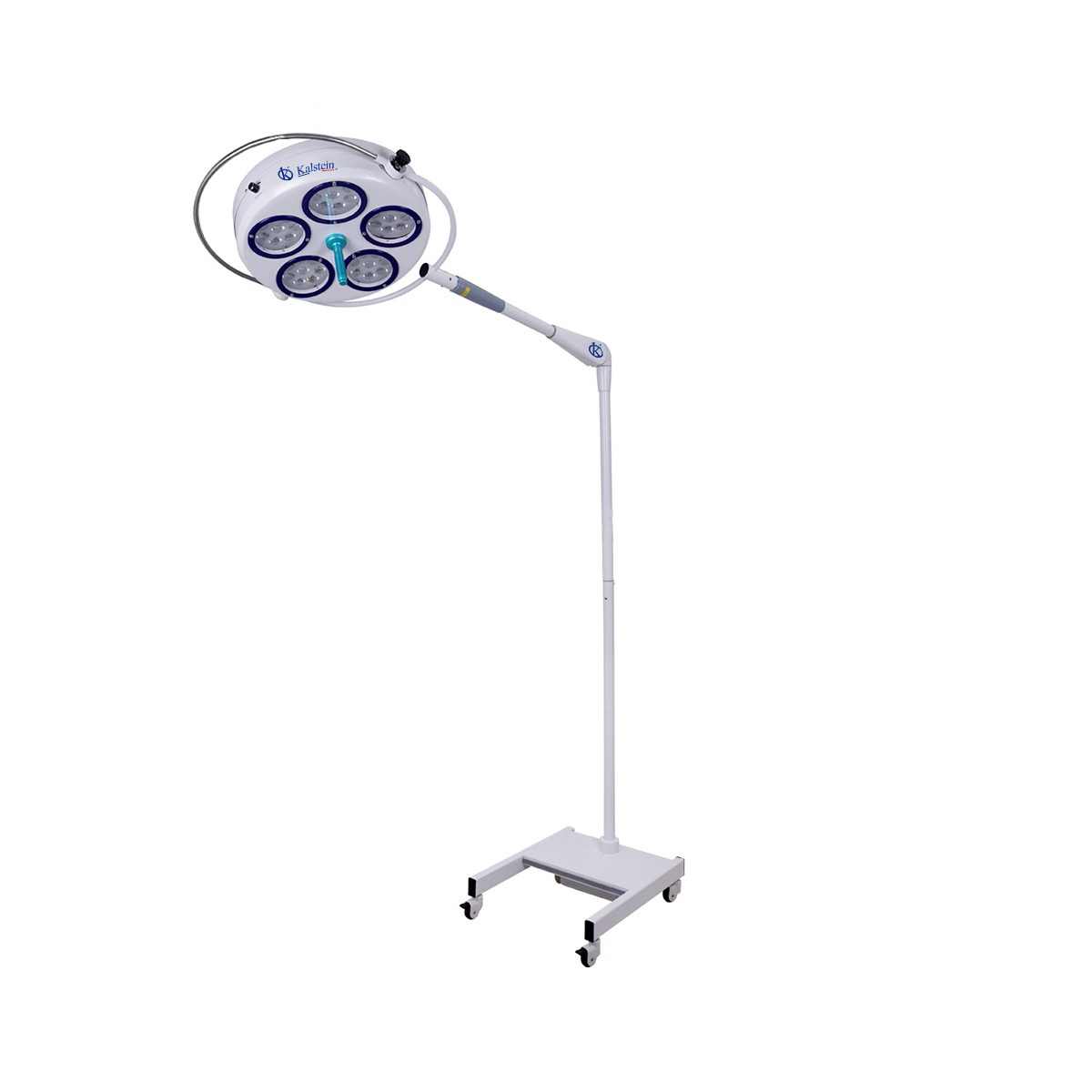Veterinary lamps are essential equipment in any veterinary clinic or practice. They not only provide the necessary illumination to carry out medical procedures with precision but also ensure a safe and comfortable environment for animals and veterinary staff.
Examination and surgical lamps are designed to provide clear, shadow-free light, facilitating the visualization of critical details during treatments.
Features of Veterinary Lamps
Veterinary lamps are equipped with advanced technology that makes them highly efficient and durable. Key features include:
LED Lighting
Most modern lamps use LEDs, which offer brighter and longer-lasting light compared to traditional halogen lamps. LEDs are energy-efficient and have a prolonged lifespan.
Adjustability
These lamps typically have adjustable arms and movable heads, allowing light to be directed exactly where needed, thus facilitating complex procedures.
Brightness Control
Many lamps come with adjustable brightness controls, allowing veterinarians to customize the light intensity according to the procedure being performed.
Low Heat
LEDs generate less heat, which is crucial for maintaining a comfortable and safe environment for both the patient and medical staff.
Why Do Veterinary Lamps Have This Price?
The price of veterinary lamps may seem high, but it is justified for several reasons:
Advanced Technology
The incorporation of LEDs and advanced brightness control systems increases manufacturing costs.
Durability
These lamps are designed to last many years, meaning the initial investment pays off over time.
Quality of Illumination
The ability to provide clear and precise illumination is crucial in medical environments, justifying the additional cost.
Certifications and Standards
The lamps must comply with strict safety and efficiency standards, which also contributes to the price.
Comparing Veterinary Lamps with Similar Products
Comparing Kalstein lamps with other brands like Welch Allyn and Luxamed, we can see that Kalstein offers excellent value for money.
While Welch Allyn lamps can cost up to €4,040.04 and Luxamed around €315.10, Kalstein lamps provide similar features at a more competitive price, maintaining high standards of quality and durability.
Pros and Cons of Veterinary Lamps
Pros |
Cons |
|
Efficient LED lighting |
High initial cost |
|
Long lifespan |
Requires professional installation |
|
Low energy consumption |
May need specialized maintenance |
|
Low heat generation |
Some are not portable |
|
High adjustability |
Limited availability in some regions |
|
Adjustable brightness control |
Price variability |
|
Shadow-free light |
Requires training for optimal use |
|
High durability |
Can be heavy |
Advantages of These Veterinary Lamps
Kalstein veterinary lamps stand out for their energy efficiency and durability. Their design with high-quality LEDs guarantees bright and constant light without generating excessive heat.
Additionally, their flexibility in adjustment allows veterinarians to perform procedures with greater precision and comfort.
Other Benefits of These Veterinary Lamps
Another key benefit of these lamps is their ability to reduce eye fatigue for veterinarians, thanks to their uniform and flicker-free light.
Moreover, the maintenance of these lamps is minimal, which reduces long-term operational costs.
User Opinions on Veterinary Lamps
Users of Kalstein veterinary lamps highlight the robustness and reliability of these devices.
Veterinarians particularly appreciate the quality of the light and the ease of adjustment, which facilitates their daily work and improves treatment precision.
Frequently Asked Questions
What is the lifespan of a veterinary LED lamp?
The lifespan of a veterinary LED lamp can exceed 50,000 hours of use, depending on the model and manufacturer. This equates to several years of service without needing replacement.
What kind of maintenance do these lamps require?
Maintenance of veterinary lamps is minimal. Generally, only external surfaces need cleaning and ensuring mechanical adjustments work correctly.
Do LED lamps generate heat?
LED lamps generate significantly less heat compared to halogen lamps, which is beneficial for maintaining a comfortable and safe environment in the veterinary clinic.
Can veterinary lamps be adjusted to different light intensities?
Yes, many modern veterinary lamps allow for light intensity adjustment, offering flexibility for different types of procedures and clinical needs.
Is the installation of these lamps complicated?
Installation may require professional assistance, especially for ceiling or wall-mounted models. However, once installed, they are easy to use and adjust.
How does the energy efficiency of LED lamps compare to halogen lamps?
LED lamps are much more energy-efficient than halogen lamps, consuming less electricity and reducing long-term operational costs.
Conclusions on These Veterinary Lamps
Veterinary lamps are an essential investment for any clinic that wishes to provide the best possible care. With their advanced technology, energy efficiency, and durability, these lamps represent excellent value for money.
Although the initial cost may be high, the long-term benefits in terms of illumination quality and reduced operational costs fully justify this investment. If you are considering upgrading or acquiring new lamps for your veterinary practice, the options available in today’s market, such as those offered by Kalstein, are undoubtedly a smart choice.
If you’re seeking a blend of innovation and quality, you’ve come to the right place. At https://kalstein.it/category-product/veterinary-sector/veterinary-lamps/ we offer you the luxury to explore our exclusive catalog of laboratory equipment. We manufacture each piece of equipment with a level of excellence. Our intuitive and agile online shopping channels are designed for your convenience, ensuring the friendliest prices. Don’t hesitate any longer, we bring science to life, it’s time to become part of our community. https://kalstein.it/

